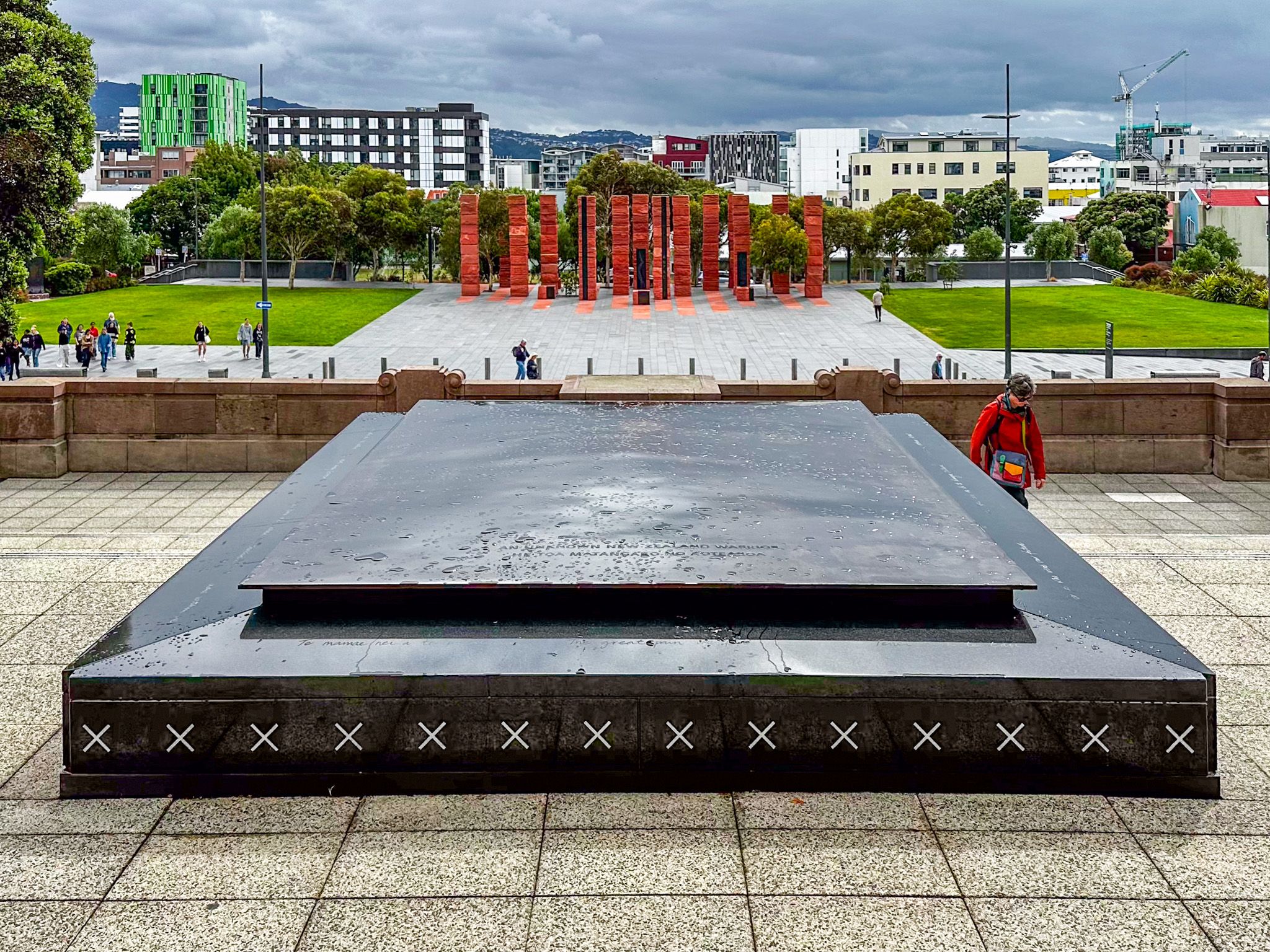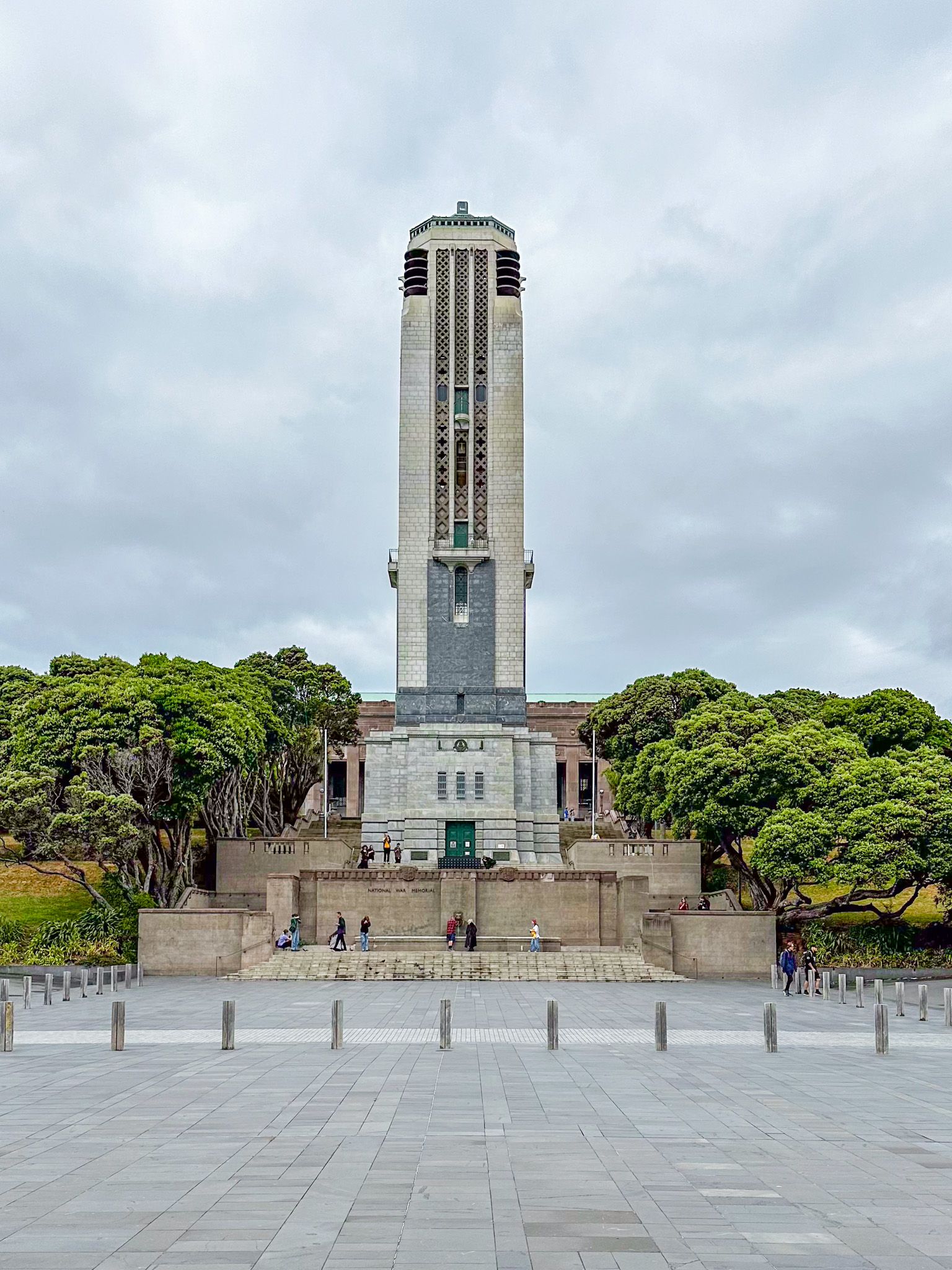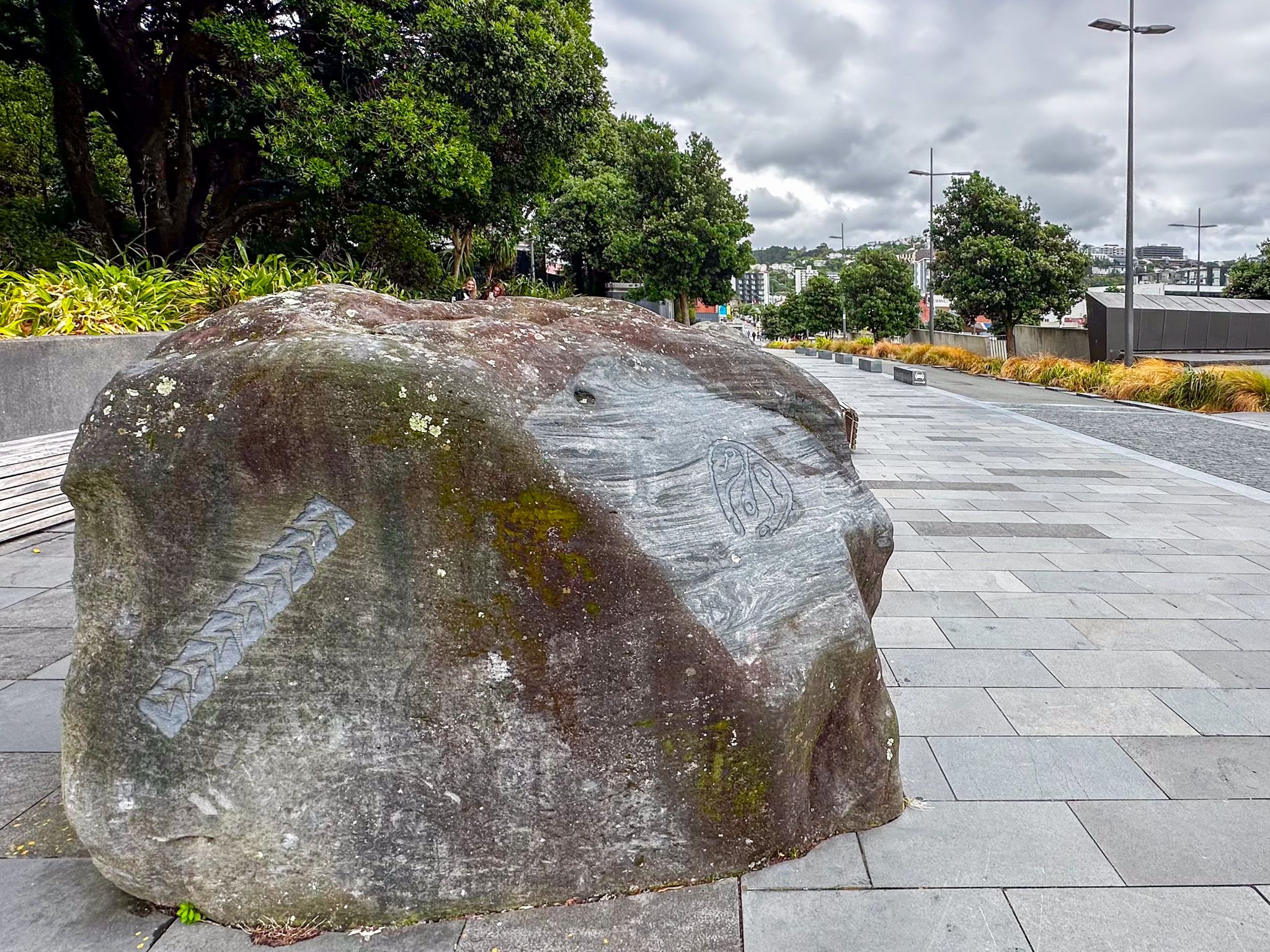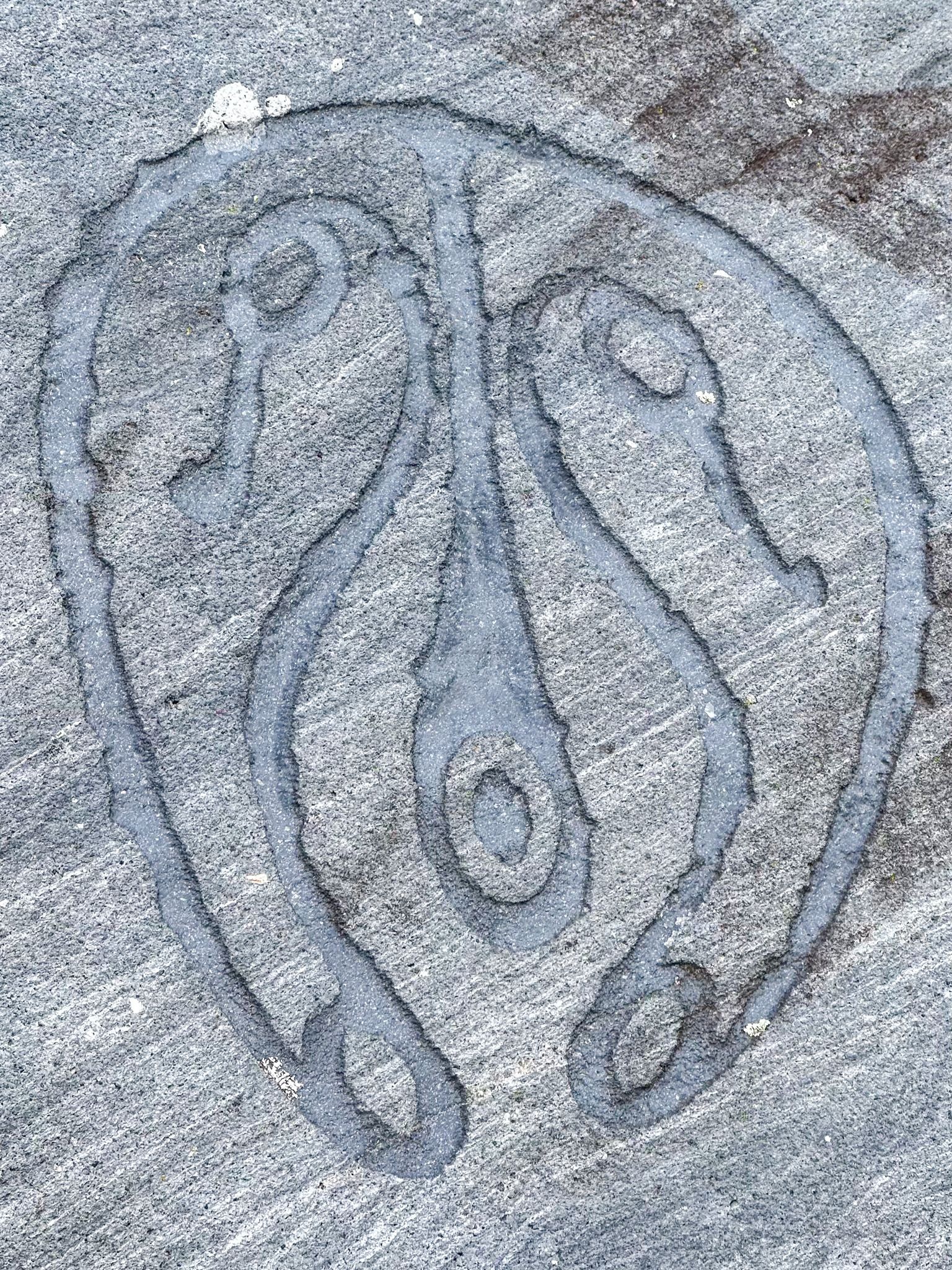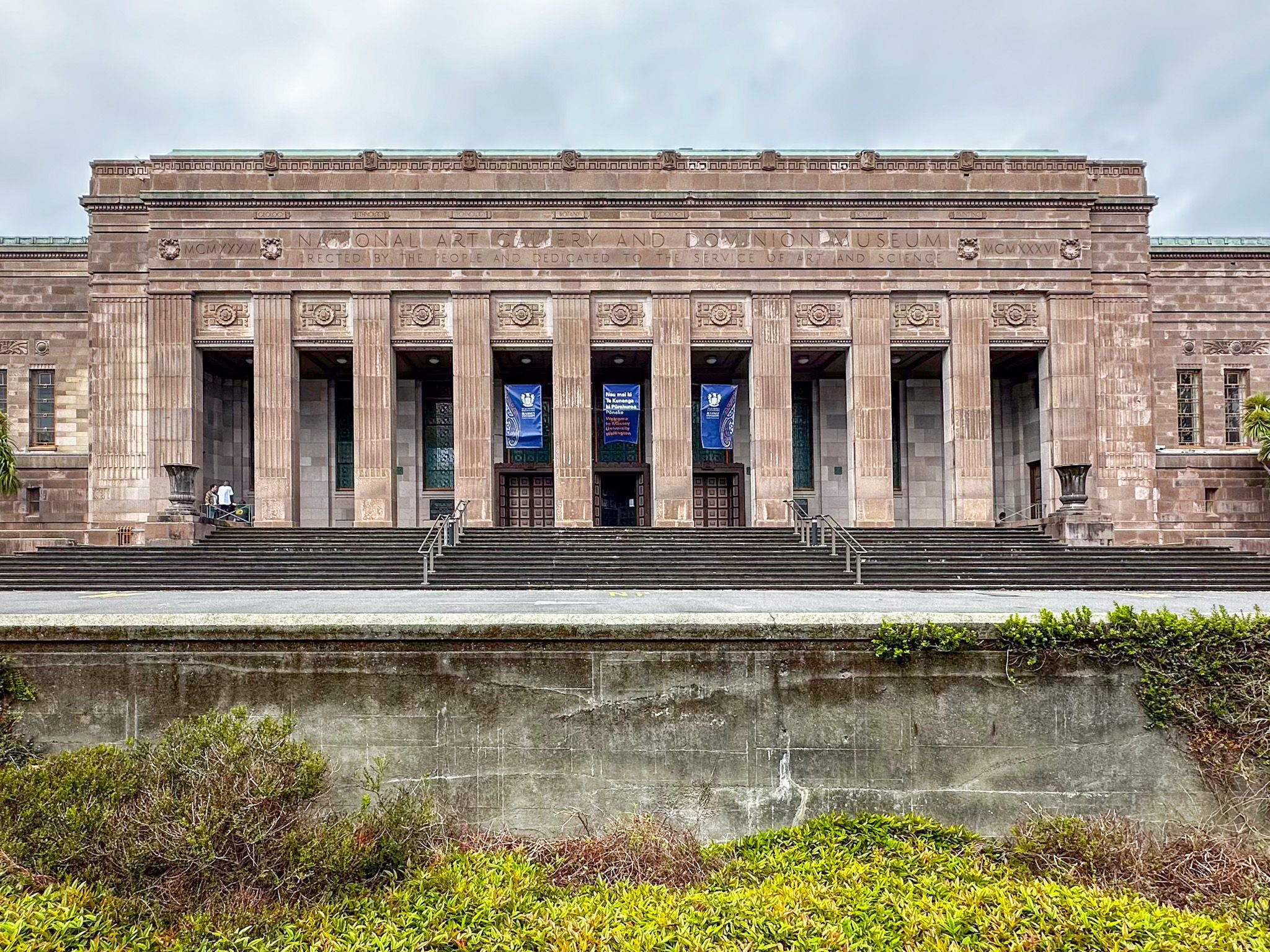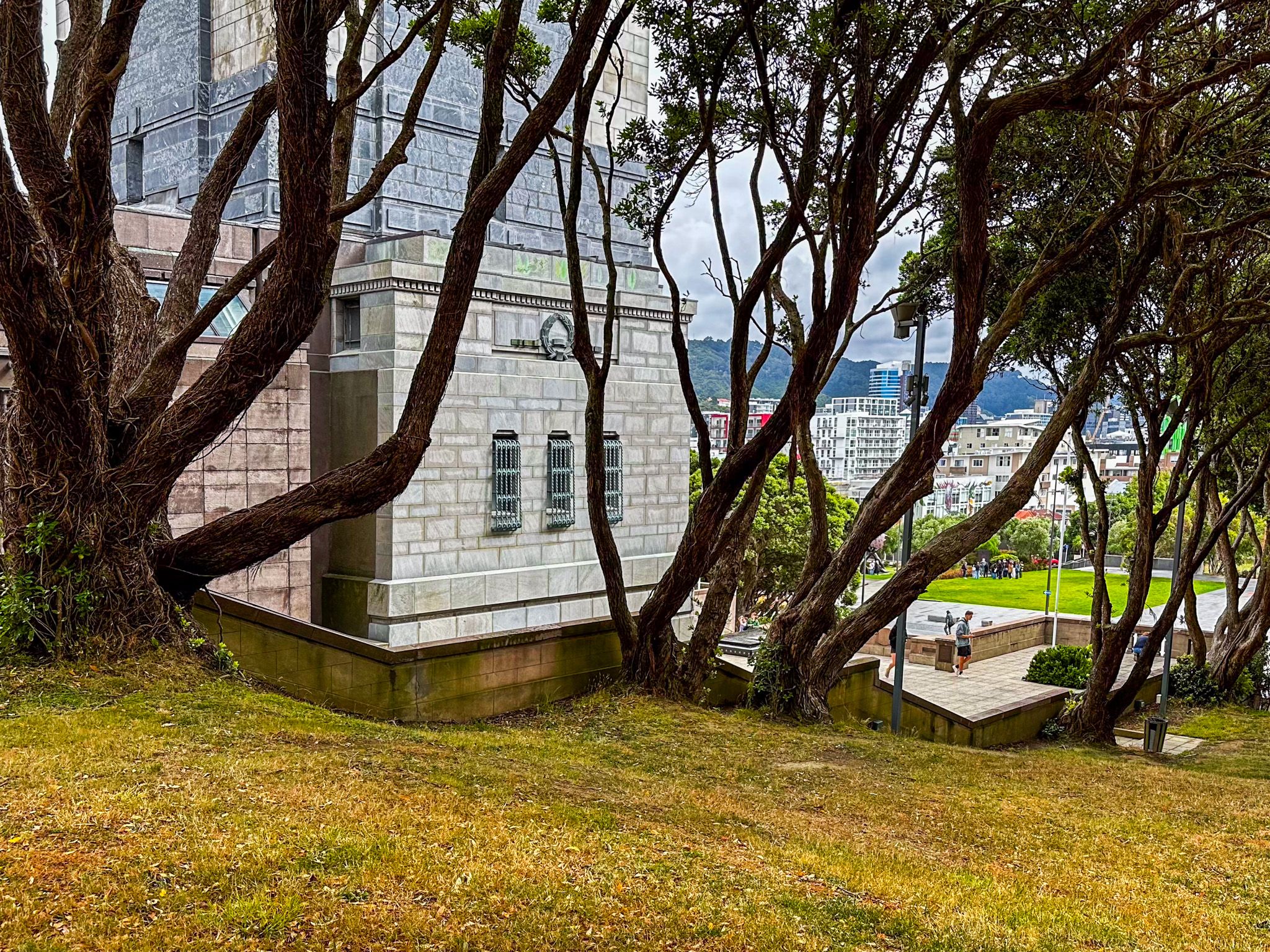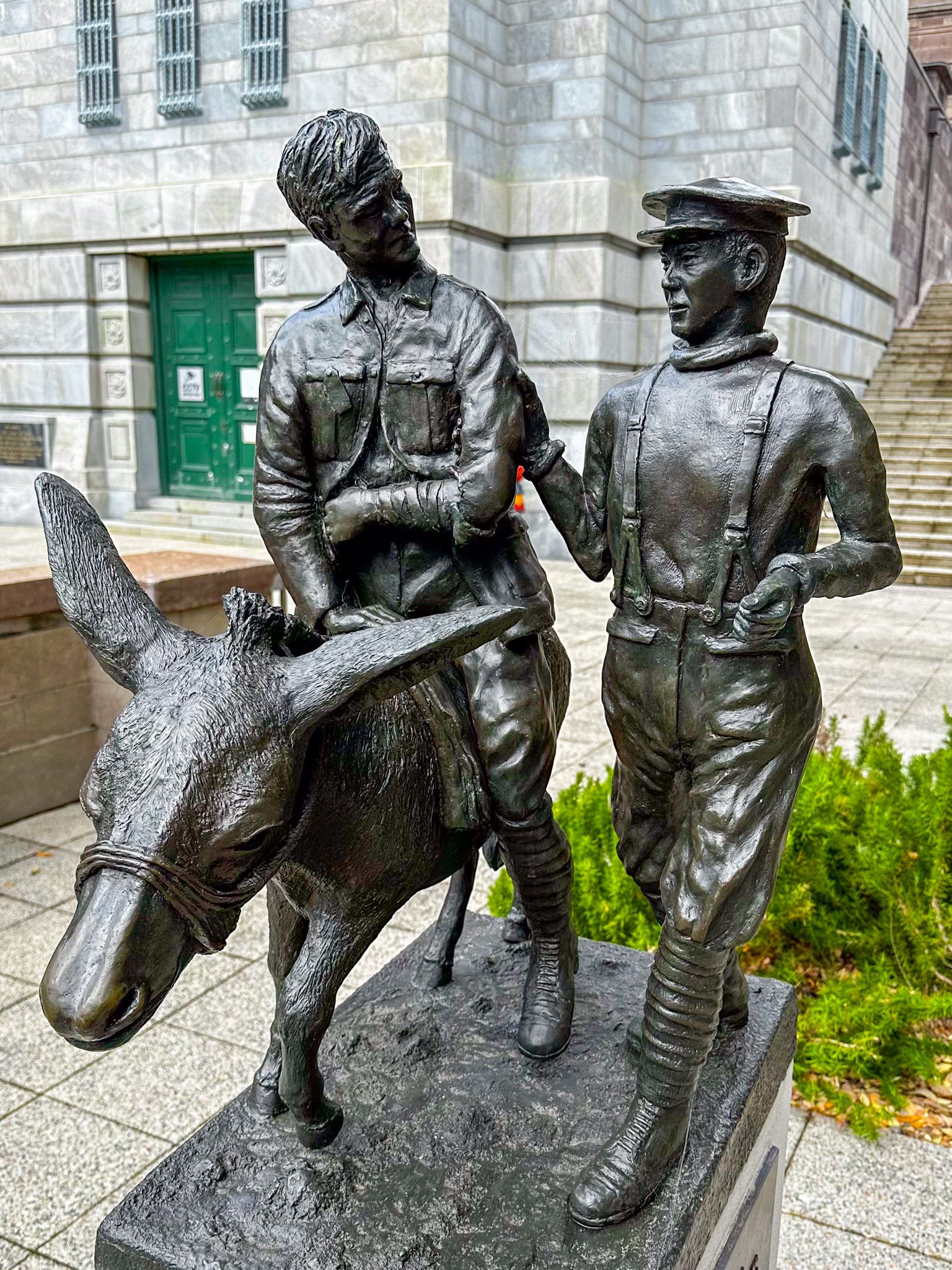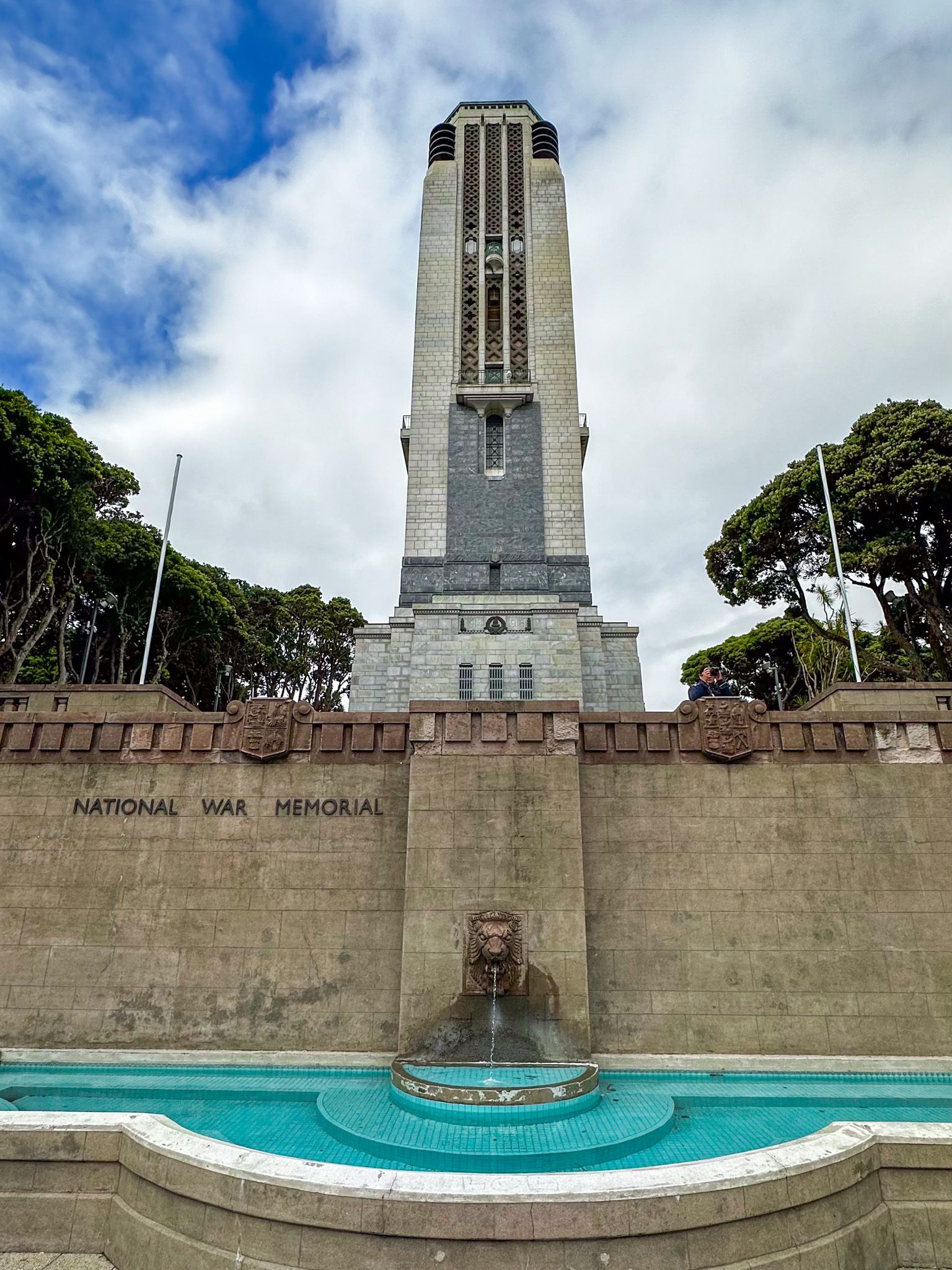Discovering Pukeahu National War Memorial Park
Pukeahu National War Memorial Park, located on Buckle Street in the Wellington suburb of Mt Cook, offers a rich tapestry of history and remembrance. This park is a significant site for those interested in New Zealand's military history, featuring numerous memorials and monuments that commemorate various aspects of the country's past.
Historical Significance of Pukeahu Hill
The park's central feature is Pukeahu Hill, a site of historical importance. Originally named by the first Māori inhabitants, Ngāi Tara, Pukeahu means "sacred hill." It provided strategic views to the coast, leading Te Āti Awa to establish a pā there during the Musket Wars of the 1820s and 1830s. European settlers later renamed it Mt Cook. The hill served as a military base during the Huitt Valley Campaign of the 1840s and later as a prison before being designated for a memorial park.
Memorials and Monuments
The original memorial includes a Hall of Memories and a 50-metre Carillon tower, built to commemorate World War I. Completed in 1932, the Carillon features 49 bells funded by public subscription, with preference given to families of the fallen. Behind the Carillon is the Dominion Museum building, completed in 1936 and now part of Massey University.
In front of the Hall of Memories lies the tomb of an unknown New Zealand soldier, created for the 2015 centenary of WWI. Nearby is a statue depicting Private John Simpson with a donkey, inspired by a 1915 photograph from Gallipoli.
Additional Memorials
At the base of the hill, the park's main area hosts several more memorials. The largest is the Australian Memorial, celebrating the ANZAC military relationship dating back to Gallipoli. It features fifteen red sandstone columns with inscriptions and artworks by Aboriginal and Māori artists. It was opened in April 2015 by Australian Prime Minister Tony Abbott and New Zealand Prime Minister John Key.
Other memorials added between 2017 and 2018 include the United Kingdom Memorial, Whakaruruhau. This monument intertwines a Royal Oak and a Pōhutakawa, topped by a colourful canopy. It was designed by Weta Workshop with students from Massey University and Wimbledon College of Arts.
The park also features a US Memorial, a Belgian Memorial with a counterpart in East Flanders, a French Memorial, and a German tapestry by artist Stephen Schenk. A Turkish memorial includes moving words of reconciliation from Atatürk, the first president of Turkey, who led the Turkish army against the British and ANZACs at Gallipoli. His words of reconciliation are also recorded at several other sites around Wellington.
In 2019, a plaque was added for the victims of the 1918 Influenza Pandemic, which claimed around 9,000 New Zealand lives. A large bronze sculpture, Te Reo Hotunui o te Moana-nui-a-Kiwa, was added in 2021 to honour Pacific Islanders' service in world wars and later conflicts.
How to Get There
Pukeahu National War Memorial Park is situated on Buckle Street in the suburb of Mt Cook, Wellington. It is easily accessible by public transport, with several bus routes passing nearby. For those driving, parking is available in the surrounding streets. The park's central location makes it a convenient stop for visitors exploring Wellington's historical and cultural sites.
Nearby attractions include a walk around Central Wellington, the Wellington Harbour, Te Papa, and Mount Victoria.
